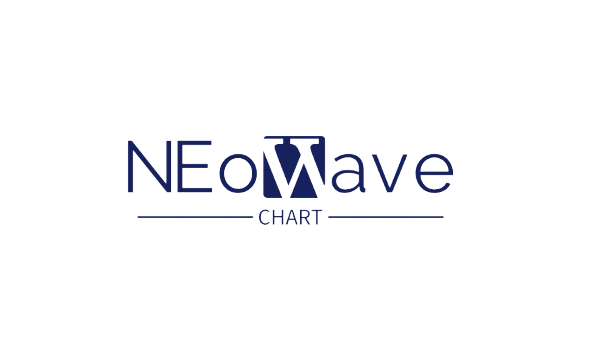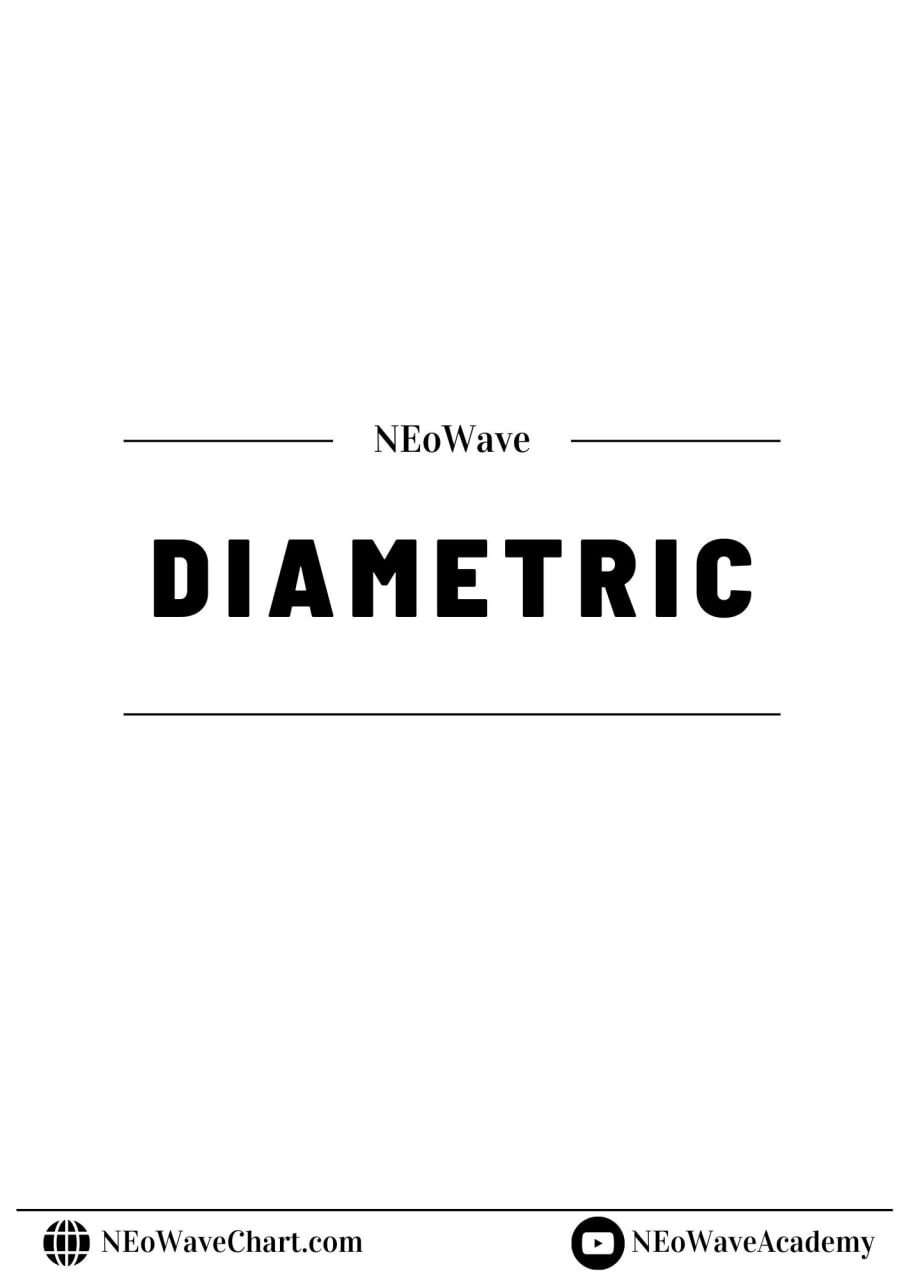NEoWave Chart:
A few days ago, a member of the Pro Analyst Club asked a question that I think many people might have and I decided to write about it here.
Member Question:
When a corrective pattern is in its early stages of formation, how can we tell what corrective pattern will form?
Before we know Mr. Neely’s answer, I need to say a few things about corrective patterns.
In general, corrective patterns are very complicated and may deceive you. For example, you expect a standard pattern like a triangle to form, but you see that the corrective pattern turns into a double combination pattern, or in the Diametric Diamond, you expect wave-G of the Diametric to be shorter than wave-F, but this wave becomes so large that the similarity in time and price is not visible.
For this reason, we recommend that you let corrective patterns complete as much as possible, otherwise there is a possibility of violating the analysis. In Diametrics, when the E-wave completes, we can identify the pattern more accurately.
Back to the question from the Pro Analyst Club member:
When a corrective pattern is in its early stages of formation, how can we tell what corrective pattern will form? (I mean when waves A-B or waves A-B-C are formed)
Mr. Neely says this about the question above:
Based on detailed NEoWave guidelines, the early determination of whether a Flat, Triangle, Diametric or Symmetrical is forming is based on the price, time and complexity relationships between waves-A and B.
Under NEoWave, in all Triangles where wave-B is at least 61.8% of wave-A in price, wave-A will be the most violent (i.e., it should cover the most price in the least time). That does not mean it is the largest wave, just that it moves the fastest from high to low (or from low to high). As a result, in any A, B sequence where B is at least 61.8% of the price of wave-A, but wave-B takes less time than wave-A, then a Flat, Zigzag or Triangle is NOT forming, leaving only Diametrics and Symmetricals as a possible option. What is even more likely is what you are calling wave-B is actually wave-a of wave-B.
In NEoWave Triangle variations (i.e., outside the realm of R.N. Elliott’s original discoveries) where wave-B is around 38.2% of wave-A, wave-B will take LESS time than A. As a result, in any A, B sequence, where wave-B is around 38.2% of wave-A in price, but wave-B takes MORE time than wave-A, a Triangle is NOT forming, but a Zigzag could be forming. As wave-B approaches 61.8% of the price of wave-A, the time it consumes will increase. As it does, wave-B may equal the time of wave-A, but if it is less, only a Triangle, Diametric or Symmetrical is possible. As wave-B exceeds 61.8% of wave-A, it normally will take more time than wave-A; if it takes less, a Triangle, Diametric or Symmetrical is forming OR the rally you are calling wave-B is probably wave-a of wave-B.
In general, NEoWave theory tells us that the more SIMILARITY there is in price, time and complexity between adjacent waves of the same pattern, the greater the odds a NEoWave Symmetrical is forming. If time similarity exists between most of the waves, but not price similarity, a NEoWave Diametric is forming. If complexity is similar throughout, but not time and price, a Triangle is probably forming. If vast time, price and complexity differences exist between three adjacent wave segments, a Flat or Zigzag is forming. To decide, if wave-B is less than 61.8% of wave-A, call it a Zigzag, otherwise call it a Flat.










